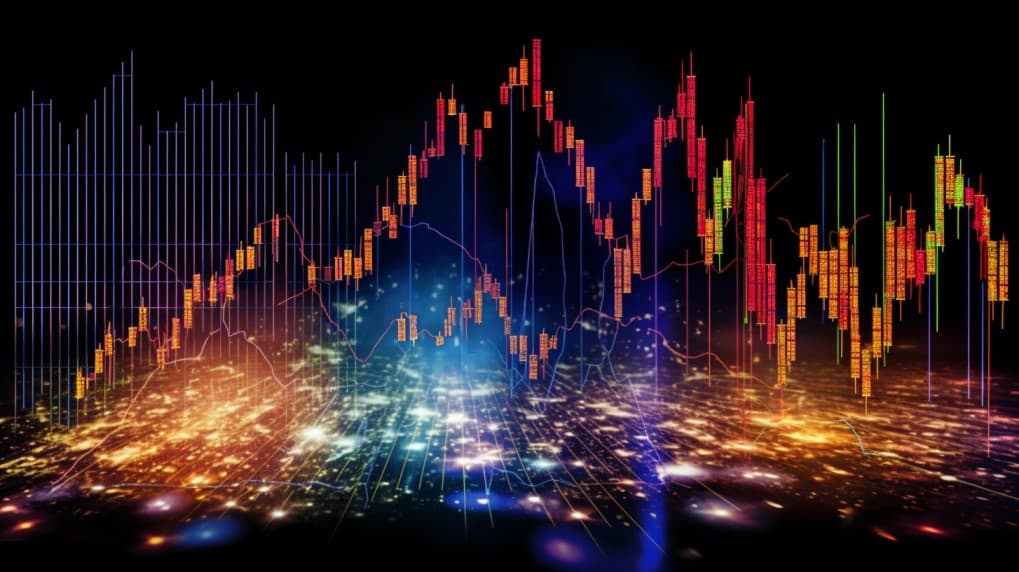
IWM VS EWZ
Exchange-Traded Funds (ETFs) have transformed the landscape of investing, offering a convenient way for investors to gain exposure to various sectors and asset classes. In this article, we will conduct an in-depth comparison between two popular ETFs: IWM (iShares Russell 2000 ETF) and EWZ (iShares MSCI Brazil ETF). We'll delve into the key aspects, including ETF tickers, full names, issuers, sectors, top holdings, capitalization, strategy, tracking, and exposure.
IWM & EWZ: Overview
IWM and EWZ are two ETFs with distinct investment focuses. IWM seeks to track the performance of the Russell 2000 Index, comprised of small-cap U.S. stocks. On the other hand, EWZ provides exposure to the Brazilian equity market. This fundamental difference in focus sets the stage for a comprehensive exploration of their unique characteristics and potential benefits.
IWM & EWZ: Sectors and Top Holdings
The IWM ETF encompasses a wide range of sectors, including financials, healthcare, technology, and more, offering investors a diversified exposure to the U.S. small-cap segment. Its top holdings might include companies like Plug Power, Penn National Gaming, and Carvana. In contrast, EWZ concentrates on Brazilian sectors like financials, materials, and consumer discretionary. Understanding these sectors and top holdings is crucial for investors seeking to align their portfolios with specific industries or regions.
 IWM overlap IWM VS EWZ
IWM overlap IWM VS EWZ
IWM & EWZ: Capitalization and Strategy
IWM, with its focus on small-cap stocks, represents a significant portion of the U.S. equity market. Its strategy revolves around providing exposure to the potential growth of smaller companies. On the other hand, EWZ offers investors exposure to Brazil's equity market, which can introduce unique opportunities and risks associated with emerging markets. The differences in capitalization and strategy between IWM and EWZ underline the importance of understanding their potential returns and risks.
IWM & EWZ: Tracking and Exposure
The IWM ETF aims to closely track the Russell 2000 Index, which comprises 2,000 small-cap U.S. stocks. This tracking method allows investors to mirror the performance of the broader small-cap market. In contrast, EWZ tracks the MSCI Brazil 25/50 Index, composed of large and mid-cap Brazilian stocks. Investing in EWZ provides exposure to Brazil's economic growth and the potential for diversification outside of U.S. markets.
Conclusion
IWM and EWZ offer investors distinct pathways to diversify their portfolios and gain exposure to specific markets. To gain deeper insights into the holdings, correlations, overlaps, and other valuable information, consider utilizing ETF Insider, an intuitive app designed to empower investors with comprehensive data on various financial instruments.
Disclaimer: This article is provided for informational purposes only and does not offer investment advisory services. Always conduct thorough research and consider seeking advice from financial professionals before making investment decisions.
Sources:
IWM quote and analysis
Discover the top holdings, correlations, and overlaps of ETFs using our visualization tool.
Our app allows you to build and track your portfolio.
To learn more about the IWM iShares Russell 2000 ETF, access our dedicated page now.
FAQ
Why is IWM better than EWZ?
IWM may be considered better than EWZ for some investors due to its specific focus, offering diversification.
Does EWZ beat IWM?
EWZ's performance relative to IWM will vary over time, depending on market conditions.
Should I invest in IWM or EWZ?
The choice between IWM and EWZ should align with your investment goals, risk tolerance, and desired exposure.
Are IWM and EWZ good investments?
Both IWM and EWZ can be suitable investments depending on individual investment strategies, goals, and risk profiles.
What is the correlation between IWM and EWZ?
The correlation between IWM and EWZ can vary over time, reflecting differences in performance.